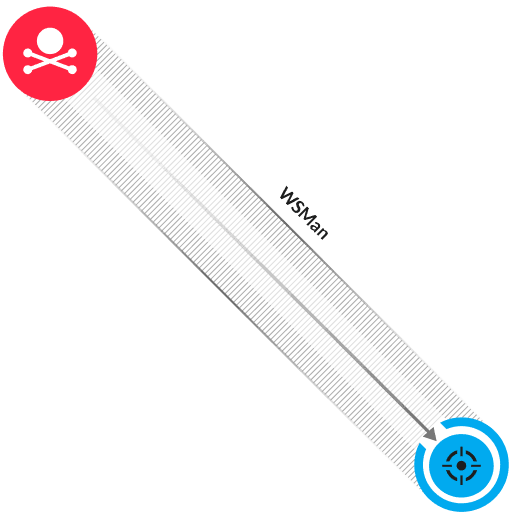- Platform
- Solutions
- Modern NDR
- Resources
- Company
Platform
Modern NDR
DETECTION OVERVIEW
Risk Factors
Administration tools can help an attacker run malicious commands on remote devices, enabling the attacker to laterally move across the network while evading detection. An attacker with administrator credentials can take advantage of PowerShell remoting to compromise devices on a network. The amount of damage done to a network depends on which devices are compromised.
The system might change the risk score for this detection.
Kill Chain

The Windows operating system includes PowerShell, an administrative tool for automating the management of computer systems. PowerShell provides access to the Microsoft implementation of Web Services-Management (WSMan) protocol, which is a standard that is based on the XML-based message protocol, SOAP. WSMan remoting modules in PowerShell enable users to run PowerShell commands on remote devices. For example, when an administrator wants to manage a remote server, they run a PowerShell command on their client. The PowerShell client sends a WSMan request to the remote server.
The WSMan request includes a pair of XML schemas that specify an administrative action on a remote device, such as running a shell command, creating a Windows process to run a command, or sending command input. If an attacker steals administrator credentials, they can send WSMan requests with administrative actions through PowerShell remoting to compromise devices across a network.
